300 yr old house, minimal upkeep, what hidden issues to look for?
kamereone
7 years ago
Featured Answer
Sort by:Oldest
Comments (10)
kamereone
7 years agoRelated Professionals
Glens Falls Kitchen & Bathroom Designers · Newington Kitchen & Bathroom Designers · Wesley Chapel Kitchen & Bathroom Designers · Woodlawn Kitchen & Bathroom Designers · Waianae Kitchen & Bathroom Designers · Apex Kitchen & Bathroom Remodelers · Avondale Kitchen & Bathroom Remodelers · Bethel Park Kitchen & Bathroom Remodelers · Bloomingdale Kitchen & Bathroom Remodelers · Dearborn Kitchen & Bathroom Remodelers · Eagle Kitchen & Bathroom Remodelers · Idaho Falls Kitchen & Bathroom Remodelers · New Port Richey East Kitchen & Bathroom Remodelers · Anchorage Architects & Building Designers · South Barrington Architects & Building DesignersAnglophilia
6 years agolast modified: 6 years agoUser
6 years agolazy_gardens
6 years agokjo_tx
6 years agokamereone
6 years agoldstarr
6 years agoJason
6 years agolast modified: 6 years ago
Related Stories

REMODELING GUIDESThe Hidden Problems in Old Houses
Before snatching up an old home, get to know what you’re in for by understanding the potential horrors that lurk below the surface
Full Story
REMODELING GUIDESContractor's Tips: 10 Things Your Contractor Might Not Tell You
Climbing through your closets and fielding design issues galore, your contractor might stay mum. Here's what you're missing
Full Story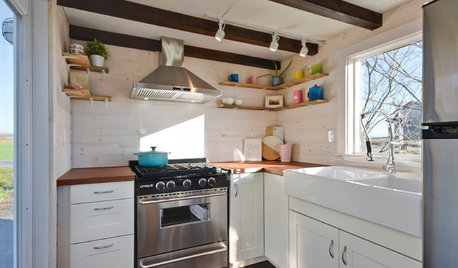
SMALL HOMESHouzz Tour: A Tiny House Packed With Style
A couple in Northern California opts for a customized home on wheels with clever design and storage solutions
Full Story
BATHROOM DESIGNDreaming of a Spa Tub at Home? Read This Pro Advice First
Before you float away on visions of jets and bubbles and the steamiest water around, consider these very real spa tub issues
Full Story
TINY HOUSESHouzz Tour: A Custom-Made Tiny House for Skiing and Hiking
Ethan Waldman quit his job, left his large house and spent $42,000 to build a 200-square-foot home that costs him $100 a month to live in
Full Story
SMALL HOMESCan You Live a Full Life in 220 Square Feet?
Adjusting mind-sets along with furniture may be the key to happiness for tiny-home dwellers
Full Story
MOST POPULARHow to Hide the TV, No Cabinet Required
Minimize the impact of the big black screen with these tricks to make it blend with your decor
Full Story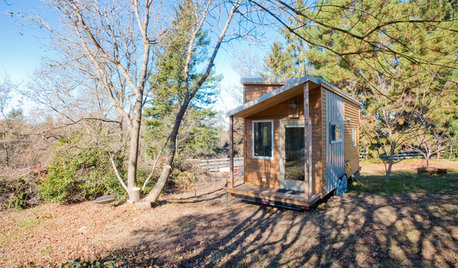
SMALL HOMESHouzz Tour: Rolling With Simplicity in a Tiny House on Wheels
Just 240 square feet, this California home encourages efficient living — but there’s still room for yoga
Full Story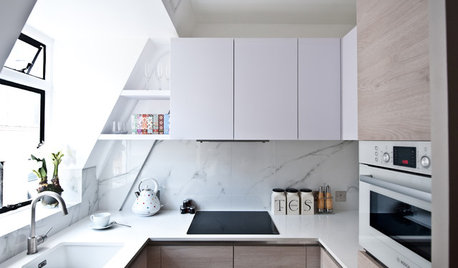
THE HARDWORKING HOMESmart Ways to Make the Most of a Compact Kitchen
Minimal square footage is no barrier to fulfilling your culinary dreams. These tips will help you squeeze the most out of your space
Full Story
KITCHEN DESIGNKitchen Counters: Stunning, Easy-Care Engineered Quartz
There's a lot to like about this durable blend of quartz and resin for kitchen countertops, and the downsides are minimal
Full StoryMore Discussions








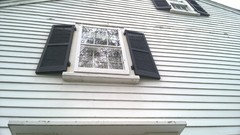
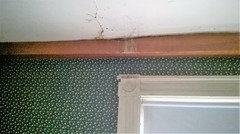






lazy_gardens